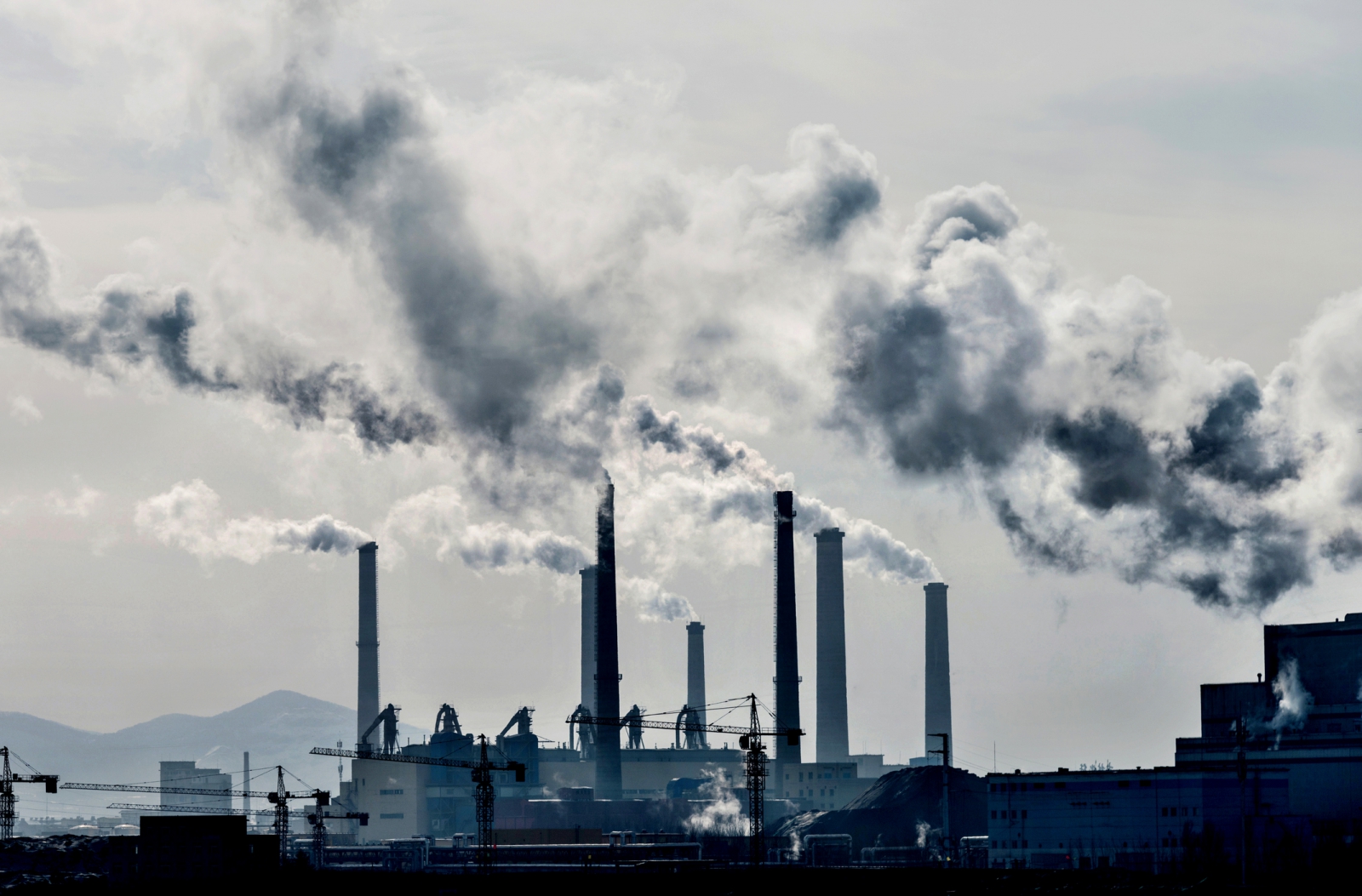
China to Start Setting Hard Targets for Cutting Emissions.(Photo: iStock)
To accelerate reaching peak carbon emissions by 2030, China is gradually transitioning its carbon reduction targets from an economic growth-based approach to a total emission control system, marking a shift from past methods. The stricter standards are expected to position carbon emissions as a key factor in future economic development and push industries to adopt green technologies more rapidly.
China plans new carbon emission controls
Recently, the State Council of China released the "Work Plan for Accelerating the Establishment of a Dual Control System for Carbon Emissions," marking the first clear timeline since the 2021 announcement that the "dual control on carbon emissions" would replace the previous "dual control on energy consumption" system.
The new plan anticipates introducing total emission control measures starting in 2026, although initially, carbon intensity (emissions per unit of economic growth) will remain the main reference indicator. Total emission control will become the primary basis only after reaching peak carbon emissions by 2030.
The dual control system involves managing both the total amount and intensity of carbon emissions, whereas the previous dual control system focused on the total amount and intensity of energy consumption.
China's current climate goals are based on carbon intensity, meaning that as long as the total carbon emissions do not exceed overall economic growth, the government can continue to claim progress in environmental sustainability. The future shift to total emission control, which will no longer be tied to economic growth, is expected to require concrete emission reduction measures and eliminate vague target-setting.
Yao Zhe, Global Policy Advisor at Greenpeace East Asia, noted that this marks China's first attempt to set an absolute carbon emission cap and is expected to drive carbon reduction efforts post-2030. She believes that China is gradually decoupling emission reduction from economic growth, which will help align its actions with international commitments.
New measures seen as decoupling carbon reduction targets from economic
The Energy and Clean Air Research Center (CREA), headquartered in Helsinki, Finland, pointed out that China's current goal is to reduce carbon intensity by 18% by 2025. However, during the pandemic, the energy-intensive development model hindered carbon reduction progress. Although clean energy has significantly increased in recent months, reducing the share of coal and natural gas power, the downturn in the real estate sector has negatively impacted cement and steel sales, leading to less-than-expected reductions in carbon intensity.
CREA believes that China's shift from reducing energy consumption to focusing on carbon emissions represents a transition from process control to result-oriented management. This change is expected to drive industrial energy transformation and may position China as a leader in emerging clean technologies.



